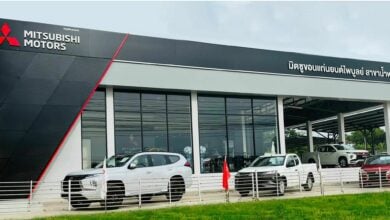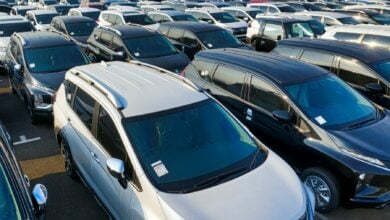The complete history of Apple’s visionary car project
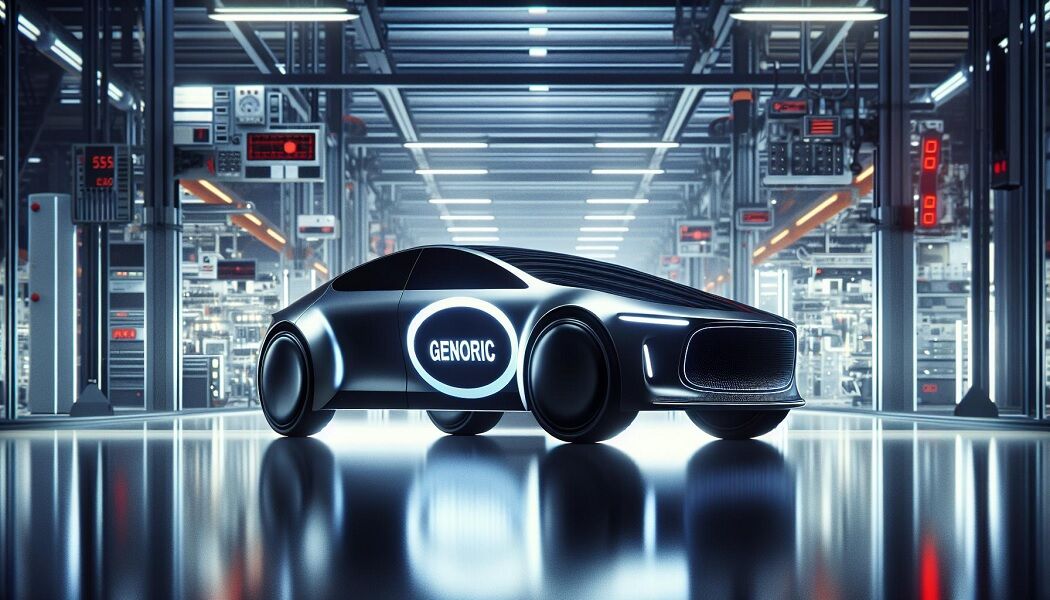
In 2014, Apple launched Project Titan, a bold initiative aimed at redefining transportation through the creation of an electric vehicle. This project intended to transform the automotive sector by integrating Apple’s signature innovation with sophisticated automotive engineering. Assembled with a team of over 1,000 specialists and engineers, this endeavour attracted considerable global interest and expectation.
However, by February 2024, Apple’s strategic priorities had significantly shifted. The corporation declared the termination of its Apple Car project, halting all activities related to the development of the autonomous electric vehicle. This decision marked a critical change in strategy for the technology giant, redirecting resources and expertise towards artificial intelligence and other forefront projects.
The story of the Apple Car offers an insightful case study on ambition, innovation, and the challenges of venturing into new sectors. An analysis of the history of the Apple Car provides valuable lessons on its lofty aspirations, faced obstacles, and strategic adjustments that epitomize this remarkable chapter in Apple’s illustrious history.
Evolution of the Apple car concept
Early rumours and speculations
The buzz around Apple’s foray into the automotive industry began in 2014. You might remember the flurry of rumours suggesting Apple was gearing up to revolutionise the transportation sector. Initially cloaked in secrecy, the project was reportedly approved by Apple CEO Tim Cook, setting the stage for what many believed would be a significant leap for the tech giant. Speculations ran wild, with every cited move by Apple analysed for hints of an electric vehicle in the making. Despite the company’s silence, the industry’s anticipation grew, feeding on reports of prototype development and Apple’s ambitious timeline aiming for a 2020 release. The car was in development for a while, encapsulating the tech community’s imagination before it was cancelled, marking a distinct chapter in the timeline of the project’s development.
Hiring automotive experts
To bring the ambitious Apple Car to life, Apple started assembling a dream team of automotive experts. Your attention might have been caught by headlines announcing high-profile hires from across the automotive and tech industries. Notably, Kevin Harvey from Andretti Autosport, David Masiukiewicz from Tesla, and Chris Porritt, also a former VP of Vehicle Engineering at Tesla, joined Apple’s ranks. Additionally, reports surfaced about Apple recruiting between 15 to 20 experts from the German auto industry for a mysterious car lab in Berlin. The composition of the team, filled with industry veterans and innovators, underscored Apple’s serious intent and hinted at the blend of technology and automotive engineering prowess fueling the project.
Partnership with car manufacturers
The development of an Apple Car wouldn’t just hinge on tech expertise; it needed the production capabilities and experience of established car manufacturers. In pursuit of this, Apple was said to be in talks with giants like Magna Steyr and BMW. While the specifics of these discussions were never publicly disclosed, their occurrence highlighted Apple’s strategy to partner with industry leaders to navigate the complex landscape of automotive production. These partnerships were poised to marry Apple’s innovation with tried-and-tested automotive excellence. However, like much of the project’s journey, concrete outcomes from these collaborations remained largely behind the scenes, adding layers of intrigue to the already captivating evolution of the Apple Car concept.
Design and features
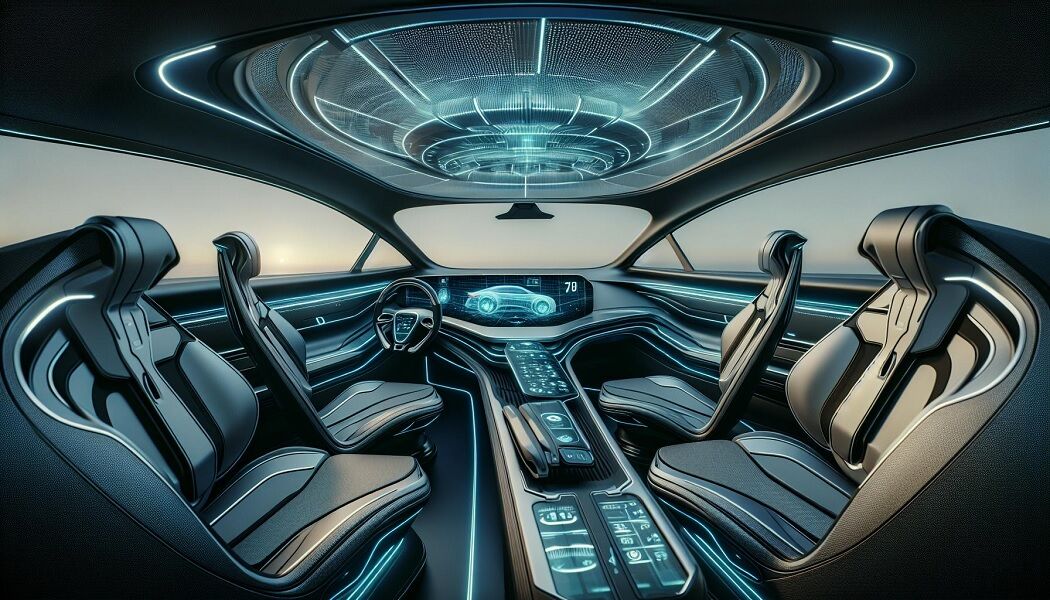
Innovative design elements
The initial vision for the Apple Car set it apart from the crowd. Imagine stepping into a vehicle where the seats face each other, facilitating face-to-face conversations reminiscent of a living room’s intimacy. This unconventional setup, coupled with a curved ceiling, hinted at Apple’s aim to redefine automotive interiors. However, as the project unfolded, the design pivoted towards a more traditional electric vehicle architecture with some self-driving capabilities. Despite these changes, the ambition to integrate distinctive design elements remained at the core of the project.
Cutting-edge technology integration
At the heart of the Apple Car’s conception was the fusion of technology with automotive excellence. An iPad-like touch screen taking centre stage in the dashboard brought the familiar intuitiveness of Apple’s ecosystem into a new realm. This central panel wasn’t just a display; it was envisioned as the nerve centre of the vehicle, integrating seamlessly with Apple’s existing devices and services. Reports of a revolutionary battery technology surfaced, promising to disrupt the electric vehicle market with reduced costs and extended range. While ambitions and setbacks marked the timeline of the project’s development, the technological innovations at its core kept the industry watching closely.
Potential impact on the automotive industry
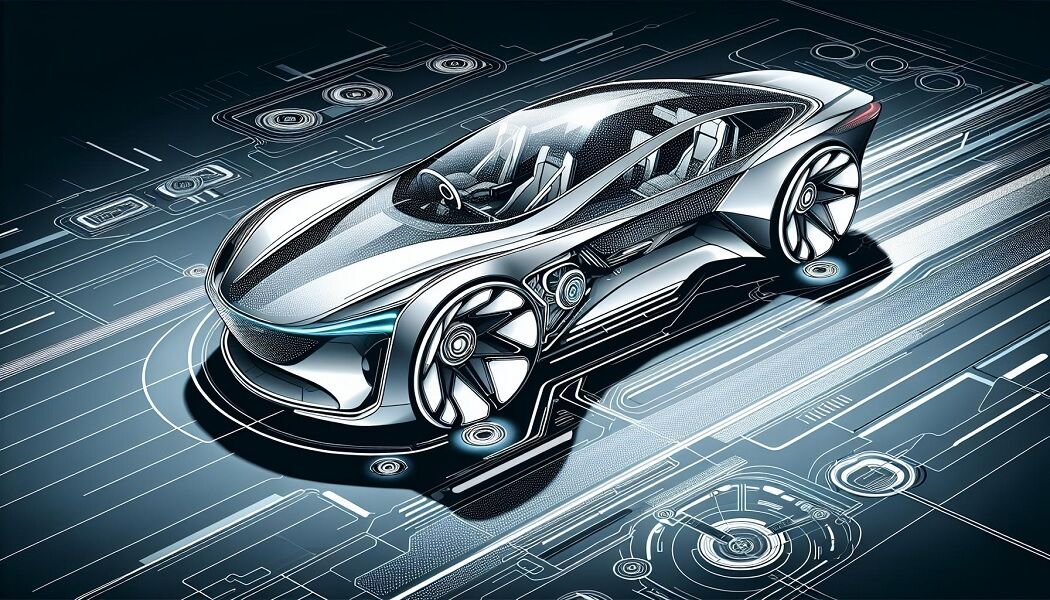
Disruption of traditional car manufacturers
You’ve likely witnessed the evolution of the automotive industry over the years, characterised by leaps in technology and innovation. However, the entry of tech behemoths like Apple into this space marks a potential echelon of disruption not seen before. Apple’s foray, codenamed Project Titan, embarked on a journey to redefine vehicular mobility. The project was a blend of ambition and cutting-edge technology, poised to shake the foundations of traditional car manufacturing.
Traditional car manufacturers facing a new reality
The nature of this disruption stems from Apple’s unparalleled expertise in hardware and software integration. Imagine cars not just as a means of transportation but as autonomous, mobile living spaces. Apple aimed to bring its signature touch to the automotive world, with a focus on electric vehicles (EVs) and self-driving technology. This vision directly challenges incumbent players who’ve relied on conventional combustion engines and incremental advancements.
Advanced technology and consumer expectations
Consumers’ expectations are evolving. They crave more than just mobility; they’re after an encompassing experience that meshes with their digital lives. Apple’s project envisioned integrating cutting-edge technology such as autonomous driving capabilities and sophisticated battery systems. Such innovations promise to elevate the driving experience, pushing traditional manufacturers to accelerate their innovation cycles to keep pace.
The journey of project titan
The car was indeed in development for a while before being cancelled, weaving a complex tapestry of ambition, setbacks, and strategic recalibrations. Sources pointed to a facility near Apple’s Cupertino campus buzzing with automotive-related renovations and a significant emphasis on developing revolutionary battery technology. Despite the project’s eventual cancellation, its timeline reflects a daring plunge into uncharted territories, underscoring a future where tech and automotive industries increasingly converge.
A catalyst for EV and autonomous driving technologies
Though Project Titan has been shelved, its ripple effects continue. The initiative has spotlighted the urgent need for reliable EVs and autonomous driving technologies. Traditional car manufacturers are now more aware than ever of the necessity to pivot towards these future-forward domains or risk obsolescence.
As you navigate the evolving landscape of the automotive industry, remember that change is the only constant. The aspirations and efforts behind Project Titan illustrate not just a chapter in Apple’s history but a signpost pointing towards a future where technology redefines mobility. Traditional manufacturers must adapt or innovate, heralding a new era in automotive design and functionality.
Public reception and expectations
As the rumours of Apple’s venture into the automotive sphere started to circulate, public reception was mixed yet filled with curiosity. The tech giant, known for its innovation in consumer electronics, stepping into the automotive industry, sparked a wide range of expectations. **The car was in development for a while** and then cancelled, but during its tenure, it held the spotlight firmly on the potential disruption Apple could bring to traditional car manufacturing.
You were likely intrigued by the thought of Apple applying its expertise to the design and technology of cars. The idea of an Apple Car represented not just another electric vehicle (EV) but a leap towards fully autonomous driving. This shift mirrored the public’s growing interest in sustainable and advanced transport solutions. However, with the project’s abrupt cancellation, discussions turned towards what could have been and the technological advancements that slipped through the gaps.
Tesla’s pioneering approach in the automotive industry, marked by groundbreaking electric vehicles and autonomous technology, mirrors Apple’s transformative impact on consumer electronics. With its focus on innovation and pushing the boundaries of what’s possible, Tesla is undeniably carving out a niche as the Apple of the car world, setting new standards and reshaping our expectations of what cars can be in the modern era.





























